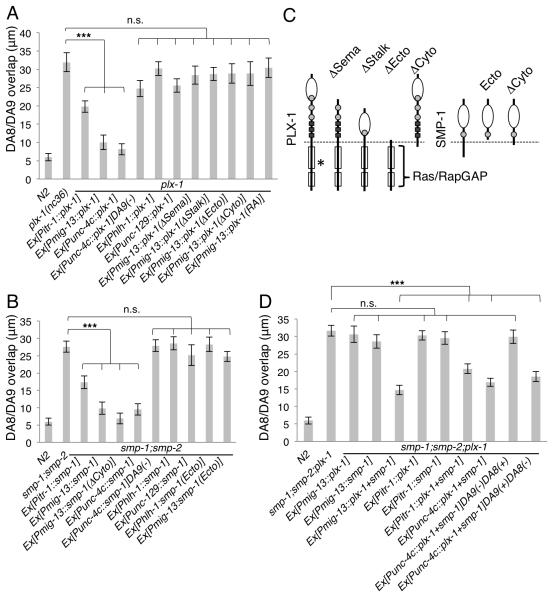Figure 3. Both plx-1 and smp-1 function cell autonomously in DA9.
(A) Cell specific rescue of plx-1 with PLX-1 cDNA and its mutant variants expressed from cell-specific promoters. DA-specific (Punc-4c) and DA9-specific (Pitr-1 and Pmig-13) PLX-1 expression rescued the tiling phenotype in the plx-1 mutant. (B) Cell-specific rescue of smp-1;smp-2 mutants by wild-type or mutant SMP-1 variants expressed from cell-specific promoters. DA-specific (Punc-4c) and DA9 specific (Pitr-1 and Pmig-13) SMP-1 expression rescued DA8/9 synaptic overlap. (C) Schematics of PLX-1, SMP-1 and their deletion mutants used in this study. PLX-1 has one SEMA domain (white circle), three PSI domians (grey circles) and three glycine-proline rich repeats (black boxes) in the extracellular domain. There is a conserved RasGAP domain (white boxes) in the cytoplasmic domain. Asterisk indicates the position of deletion found in wy592 allele. SMP-1 has one SEMA domain (white circle) and one PSI domain (grey circles). (D) Cell specific rescue of smp-1;smp-2;plx-1 mutants with PLX-1 and/or SMP-1 cDNA. Expression of both PLX-1 and SMP-1 cDNA from DA9 specific promoters (Pitr-1 and Pmig-13) rescued the triple mutants. Mosaic experiment using DA specific promoter (Punc-4c) was alsho shown. (−) indicates the loss of transgene in the cell. Triple asterisks: p<0.001, n.s.: not significant (ANOVA/Dunnett). Error bars; standard error of mean. See also Figure S5 to S7.

